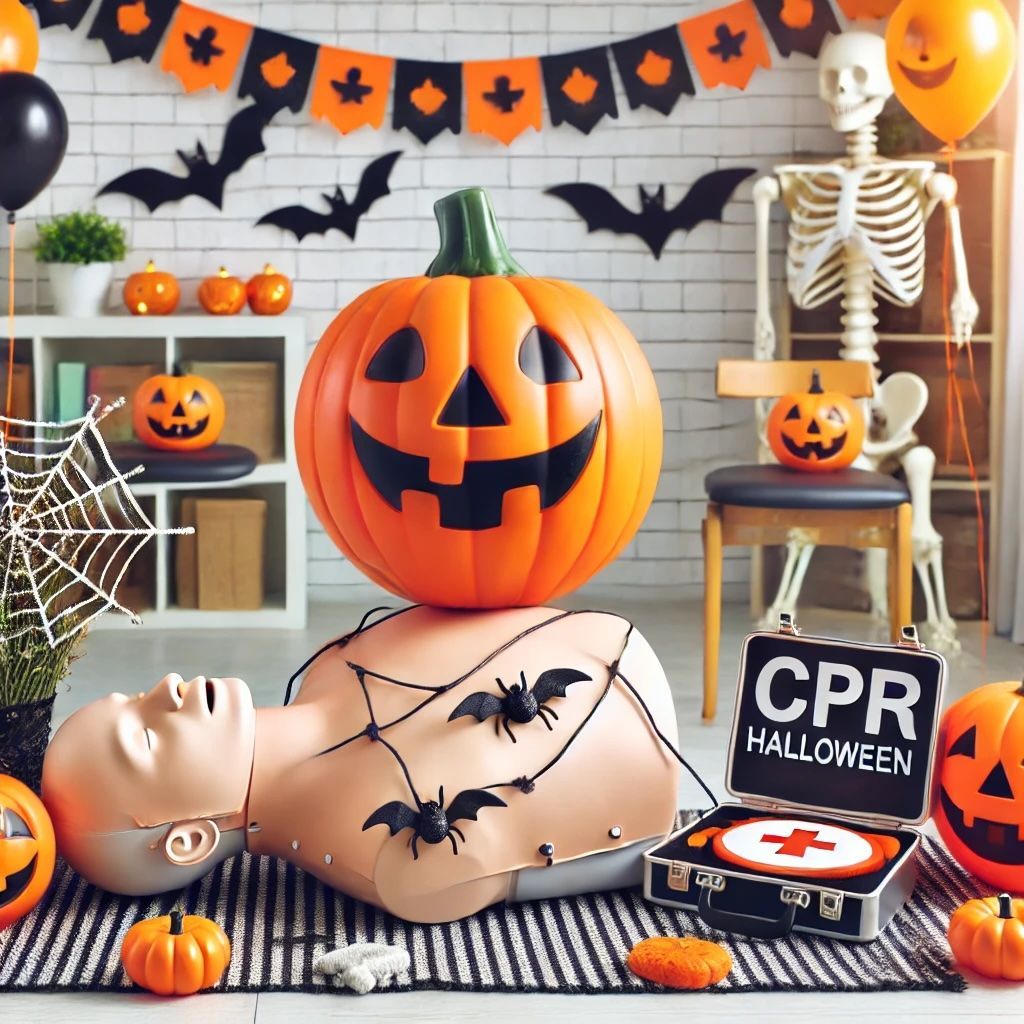Mastering CPR and First Aid: An Advanced Guide for Life-Saving Techniques
Introduction:
In emergencies, knowing how to perform CPR (Cardiopulmonary Resuscitation) and administer First Aid can mean the difference between life and death. This advanced guide will equip you with the knowledge and skills to respond effectively to critical situations.
CPR (Cardiopulmonary Resuscitation):
1. Scene Assessment: Assess the scene for safety before approaching the victim. Activate emergency medical services (EMS) immediately.
2. Patient Assessment: Check the victim's responsiveness by gently tapping and shouting. Assess breathing by looking, listening, and feeling for signs of respiration.
3. Performing CPR: Start chest compressions if the victim is unresponsive and not breathing normally. ·
Compressions: Position hands on the center of the chest, interlock fingers, and deliver compressions at a rate of 100-120 per minute.
Airway: Open the airway with a head tilt-chin lift maneuver.
Breathing: If trained, provide rescue breaths following a 30:2 compression-to-ventilation ratio. If available, utilize an AED (Automated External Defibrillator) and follow manufacturer instructions.
4. Special Considerations:
CPR for infants, children, and pregnant women. Modifications for drowning victims and opioid-related emergencies. Considerations for performing CPR in confined spaces or hazardous environments.
First Aid Techniques:
1. Bleeding Control: Apply direct pressure to the wound using sterile gauze or a clean cloth. Elevate the injured limb if possible. Apply a tourniquet for severe bleeding if necessary.
2. Burn Management: Cool the burn with cool running water for at least 10 minutes. Cover the burn with a clean, dry dressing. Do not apply creams, ointments, or ice to the burn.
3. Choking Response: Perform the Heimlich maneuver for conscious choking victims. For infants, administer back blows and chest thrusts. Monitor airway patency and intervene promptly.
4. Fracture Stabilization: Immobilize the injured limb with a splint. Support the limb above and below the fracture site. Avoid unnecessary movement and provide comfort measures.
5. Shock Management:
Lay the victim down and elevate the legs. Maintain body temperature and provide emotional support. Monitor vital signs and intervene as needed.
Additional Tips and Recommendations:
- Continuous Training: Regularly update CPR and First Aid skills through accredited training courses.
- Use of Protective Equipment: Wear gloves and other protective gear to minimize the risk of infection.
- Effective Communication: Communicate clearly with bystanders and EMS personnel. Stay Calm: Maintain composure and focus on providing timely and effective care.
Conclusion:
Mastering CPR and First Aid techniques empower individuals to respond confidently and effectively in emergencies. Following the guidelines outlined in this advanced guide and staying informed about the latest protocols can make you a vital asset in saving lives within your community.
References:
American Heart Association. (2020). "CPR & First Aid Training Classes." Retrieved from https://cpr.heart.org/en/courses Red Cross. (2020).
"First Aid Training & Certification Classes." Retrieved from https://www.redcross.org/take-a-class/first-aid National CPR Foundation. (2020).
"CPR and First Aid Certification Online." Retrieved from https://www.nationalcprfoundation.com/courses/ European Resuscitation Council. (2015).
"European Resuscitation Council Guidelines for Resuscitation." Retrieved from https://ercguidelines.elsevierresource.com
Disclaimer:
This blog serves as a comprehensive guide for educational purposes only and is not a substitute for professional medical advice. Always seek guidance from certified healthcare providers for personalized care and treatment.



